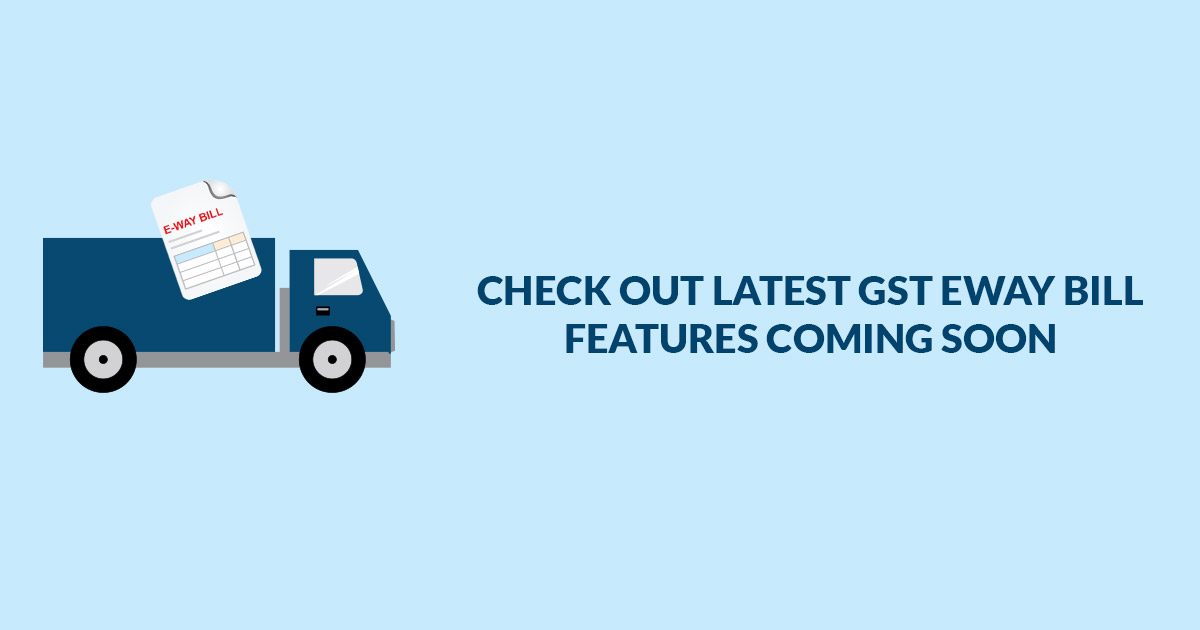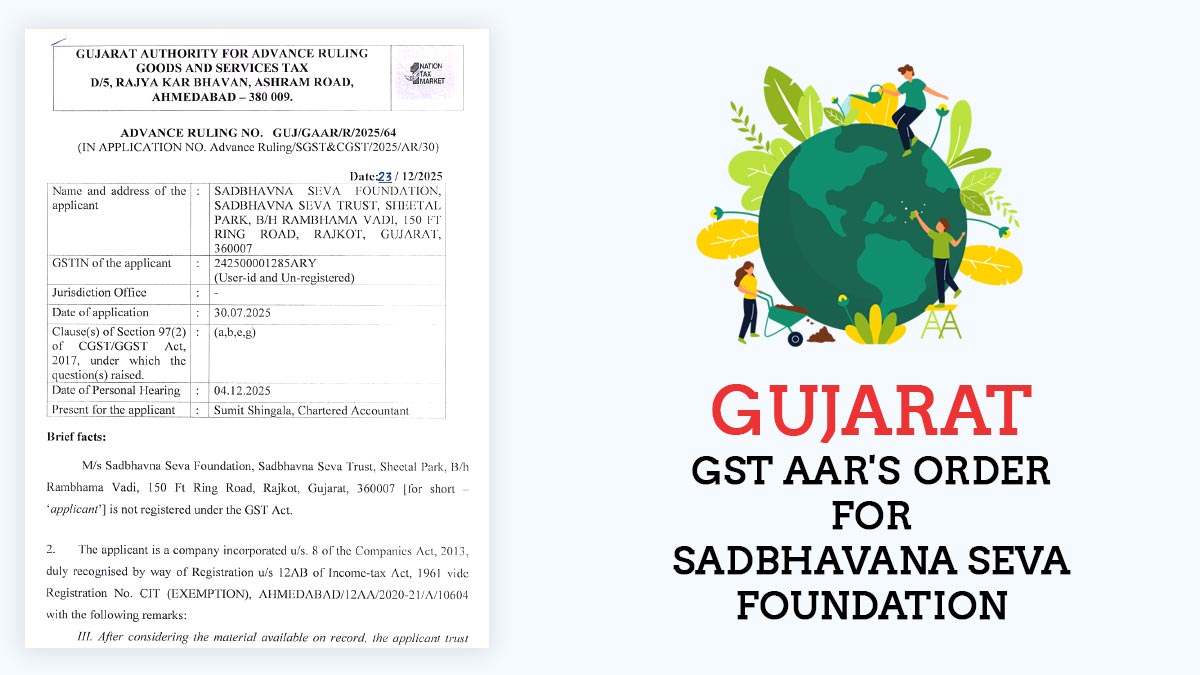E-Way Bill is abbreviated as Electronic Way Bill. It was April 2018, when the e-way bill system came into existence under the GST Regime. It is a bill or a document generated electronically against specific consignment/movement of goods, having value more than INR 50,000. Applied to movement either inter-state or intra-state. Such a bill named the E-Way Bill is under the provision of the GST Act.
There are certain conditions under which the transporter of consignments is required to be carrying the E-way bill. It could be fetched from the government’s website ewaybillgst.gov.in. The GST taxpayers could get themselves registered through e-way bill portal under e-way bill using their GSTIN, the GST identification number. An E-way bill could be generated only by a registered person or a registered transporter using the GST common portal. Whereas the unregistered one’s required to first get themselves registered and then generate the e-way bill for the movement of their goods.
Recently the govt has finalised some of the features which are to be included in the GST eway bill portal, here they are clarified in detail:
Provision for Auto calculation of route distance based on the area PIN code for the E-way bill generation
Planning is there to make the E-way bill system this efficient, that the Route distance covered during the movement of goods could be easily got calculated. This could be calculated based on the postal PIN codes of locations of the source and the destination.
Now as per the new provision, the e-way bill system would calculate and display the actual distance between the addresses of the respective supplier and recipient. Here, the user is supposed to be entering the actual distance for the supply of the respective goods, i.e, as per his movement of goods.
The System is such that the registered transporter is supposed to be entering the distance 10% more than the actual being covered during the transport between the source and destination.
We could explain it through the help of an example, say if based on the PIN codes there is a total distance of 655 KMs between A and B, then the user is supposed to be entering the actual distance up to 720 Kms, i.e, 655KMs + 65KMs). In such cases where the source PIN and the destination PIN are the same, a maximum of just 100KMs could be entered. On entering the wrong PIN code, the system would generate a statement for Alert as INVALID PIN CODE. However, the registered user would not be restricted for entering the distance. The E-way bills having invalid PIN codes would be flagged for review which would be done by the department.
Read Also: GST E-way Bill System Now Allows Updation Without Transport Number Again
There are various factors which are included in the calculation of the total distance between the source and the destination also data is also gathered with the help of various electronic sources. The various attributes included in the extraction of data are road class, the direction of travel, average speed, traffic data etc. All these attributes could be gathered from traffic on the various spot like the National highways, state highways, expressways, district highways as well as main roads inside the cities.
A well defined proprietary logic is then used for making an approximate estimate of the distance between two postal pin codes. The distance extracted through such process is then provided as the motorable distance at that very point of time.
Multiple E-way Bill Generation On One Invoice/Document Got Blocked
Following the representation produced by the transporters, the Government has finally come up to the conclusion that the multiple E-way bill generation would be strictly restricted and none of the parties, viz, the consignor, consignee and transporter would not be allowed to generate multiple E-way bills respective of one invoice. Making things more clear, once the E-way Bill is generated with one invoice number no party could generate the E-way bill using the same invoice number. So, the policy of One Invoice, One E-way Bill would be followed. The change is expected to be implemented in the next version.
E-Way Bill Extension Supposedly To Be Implemented In Case Of Transit Of Consignment
The transporters are in likely to be demanding the extension of the E-way Bill when the goods are in transit. Let’s understand what is transit. So, transit literally means that the goods could be on the Road or in a warehouse. The extension of the E-way bill facility would be included in the next version. Provision is that during the extension of the E-way bill, the user is prompted to be answering as to whether their Consignment is in motion or is in transit condition. In case of selection of ‘in transit’, the address details of the place where the consignment is left/stored is required to be furnished. In other situation, where the transporter chooses ‘In Movement’ the system would prompt the user’s e-way bill system to furnish the details of the Place and Vehicle from where the extension is required.
Read Also: GST: E-Way Bill Threshold Limit Reduced To Half in Bihar
In both the cases mentioned above, the PIN code of the destination would be considered from the Part-A of the E-way bill. This would be done so that the total distance could be calculated and also for the movement and validity date. The route distance could also be calculated as explained earlier.
Interstate Transactions Restricted for Composition Dealers
It is as per the GST Act that the composition taxpayers are not allowed to perform any Interstate transaction. The next version is designed such that it would not allow the generation of an e-way bill for interstate movement in the case where the supplier is a composition taxpayer. Also, provision is also there for the Composition taxpayers that for any intrastate transactions, they would not be allowed to enter any of the taxes under CGST or SGST for any of the intrastate transaction. The Document type of tax invoice would not be enabled in case the trader has opted for Composition tax.










